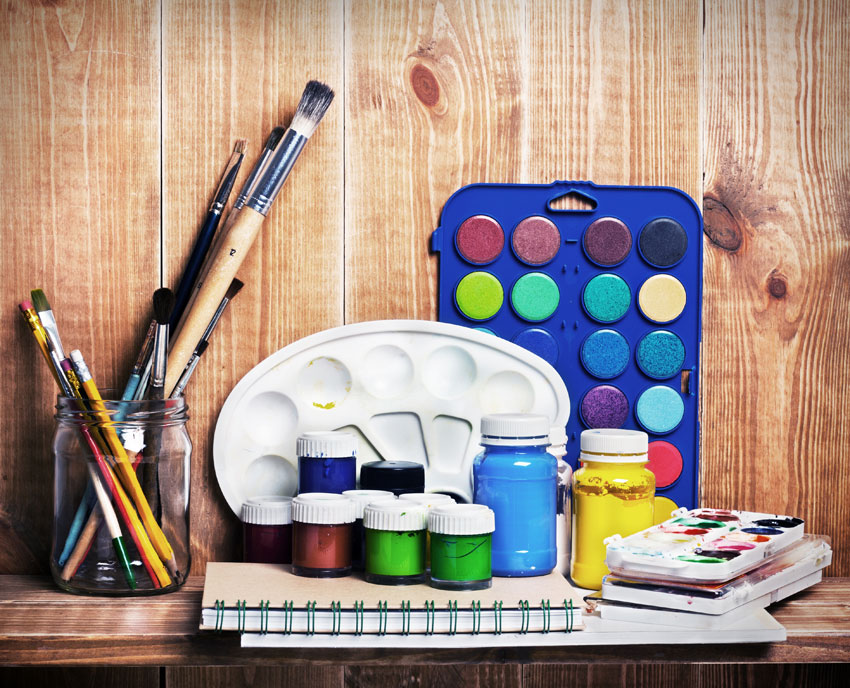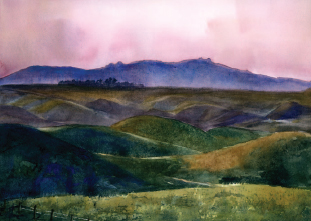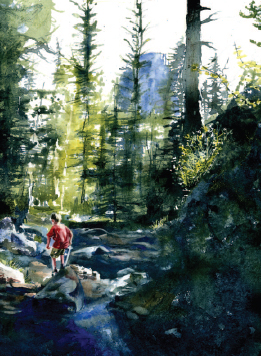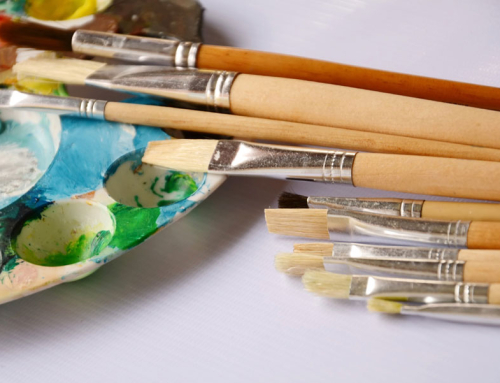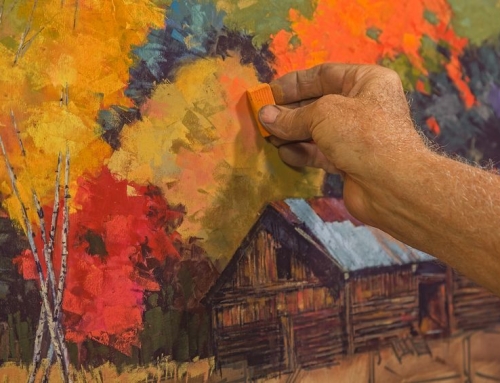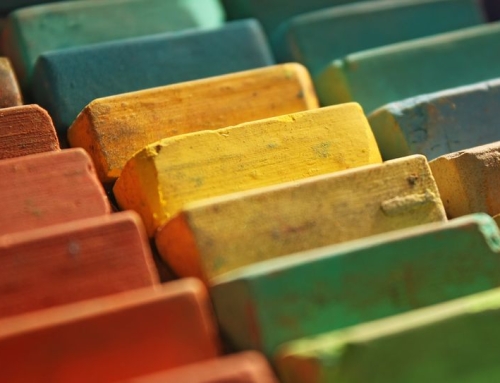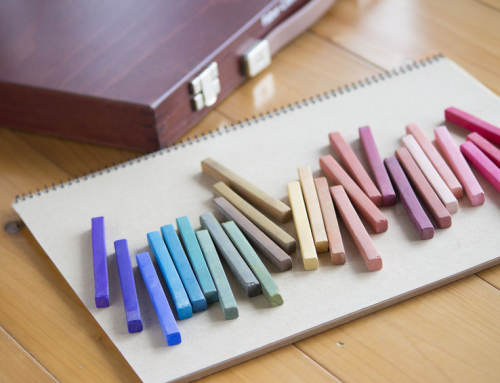Although in a sense there are as many different approaches to painting in watercolor as there are watercolor painters …
… there are a few broad methods of approach that can be defined.
Because watercolor can be put down in thin washes or intense color, dry brush or flooding washes, flung on the page or neatly brushed on, each basic approach will produce a nearly limitless variations in style, but in essence, the differences come down to how much control you want over your painting.
Method One:
is a high-control, systematic approach in which large areas of color are blocked in, allowed to dry, and then added to.
In this method, work back to front, beginning with the sky and ending with foreground details.
Before you wash in each layer of color, mask the area with clean water so that the paint will flood only that area and won’t have time to partially dry before everything is covered.
This will ensure that your brush strokes are hidden and give you a more professional look.
Begin is the lightest color, let that dry, layer over the mid-tone and let that dry, then finish with the shadow shape.
When you have completed these three levels for everything in the picture, go back and add details as desired.
Method Two:
is a two-pronged approach to painting. The first step calls for a free-flowing, spraying, flinging application of color to the page and the second step is revising and adding details.
Begin by filling a plastictipped syringe with color and liberally spraying it on the paper in an interesting pattern of drips and lines.
Next, move the color around the page using a brush handle, credit card, palette knife–basically anything that you want, but try to avoid a brush.
You can sprinkle the paint with water or salt for a more textured look. When you’re satisfied with the first step, let the paint dry and then go back in with brushes to refine the painting.
Focus on energy and movement in step one, accuracy and detail in step two. If you need to remove small areas of paint, wet a flat brush, squeegee it almost dry with your fingers, and gently rub the paint off, then blot with a paper towel.
Want To Learn More…
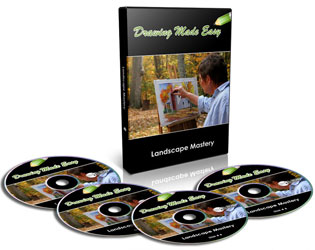
With clear (and fun) instructions on how to draw, you’ll learn at your own pace in the comfort of your home.
The artist has chosen popular landscape pictures and will show you how to draw each one in color.
Landscape drawing is a fascinating area of study which requires an understanding of perspective, light and shade, detail and abstraction.

